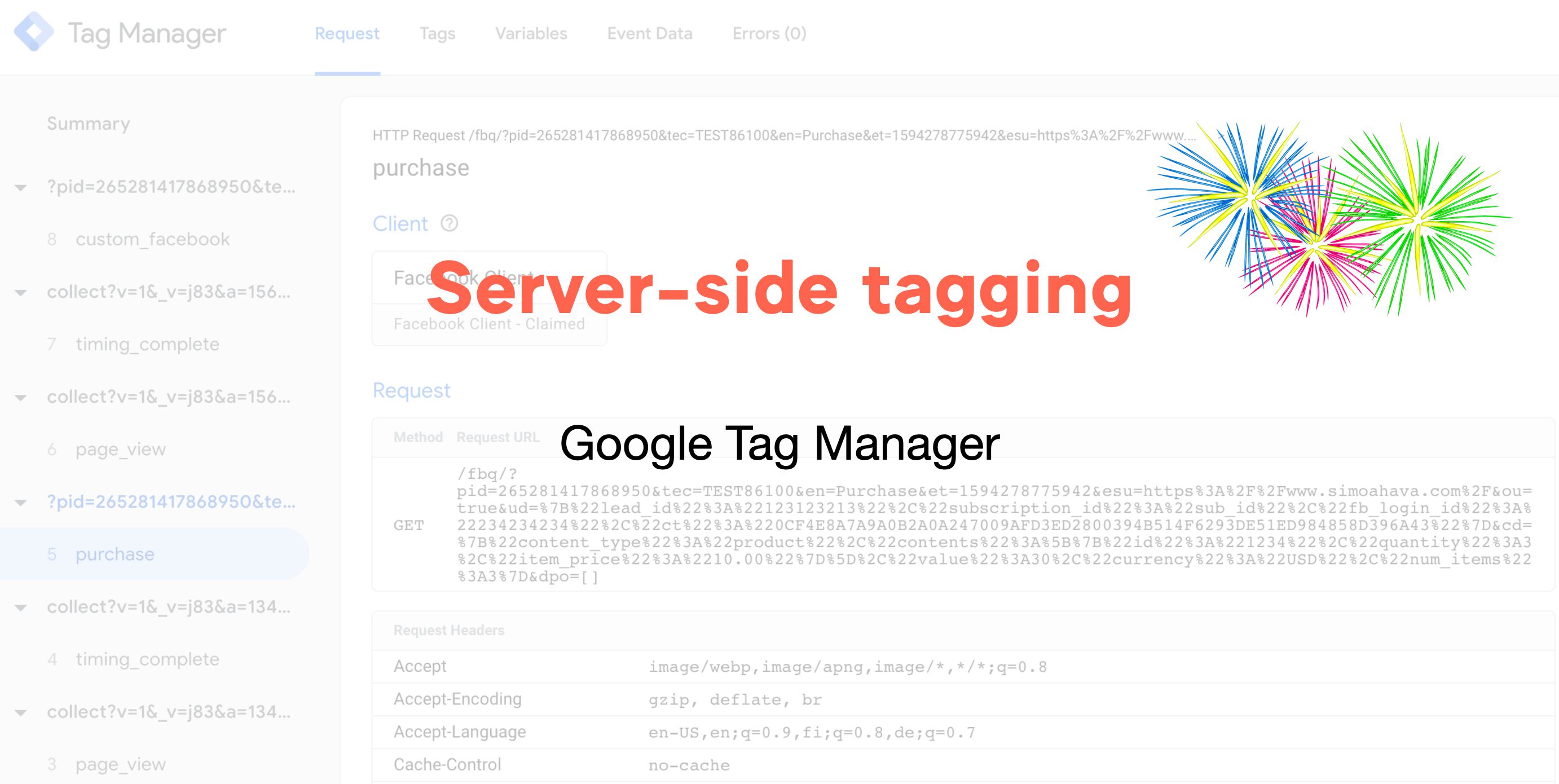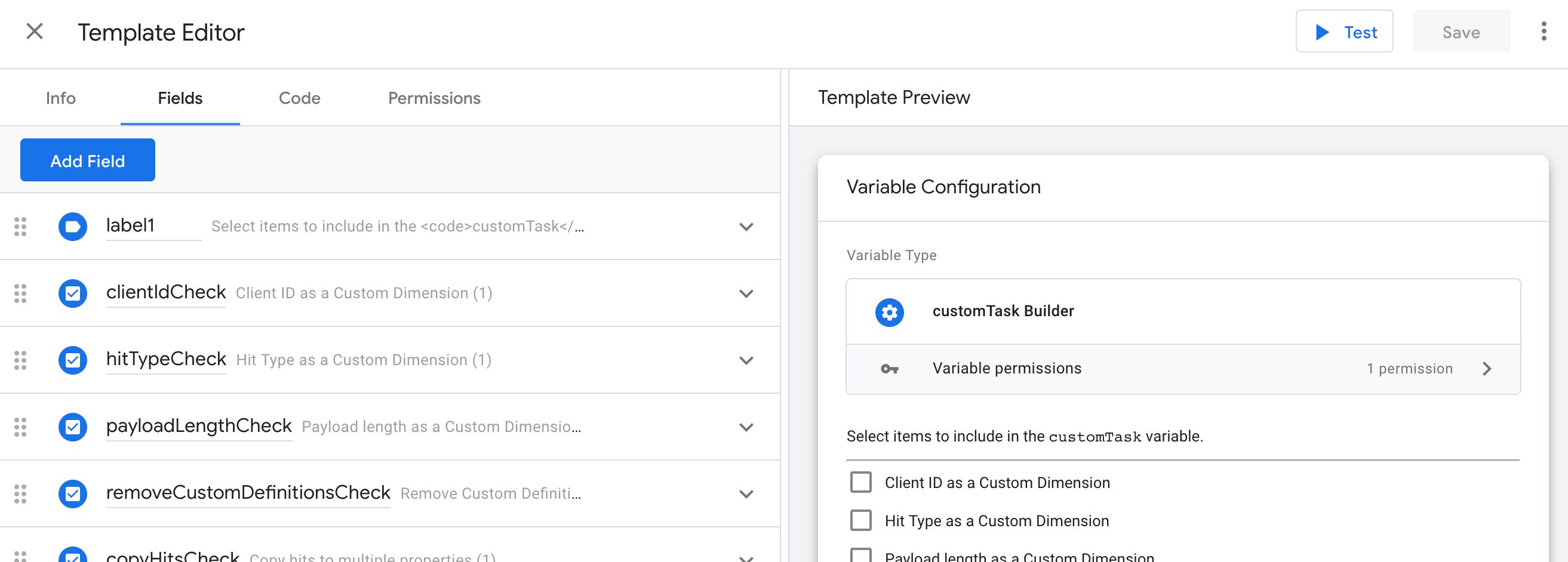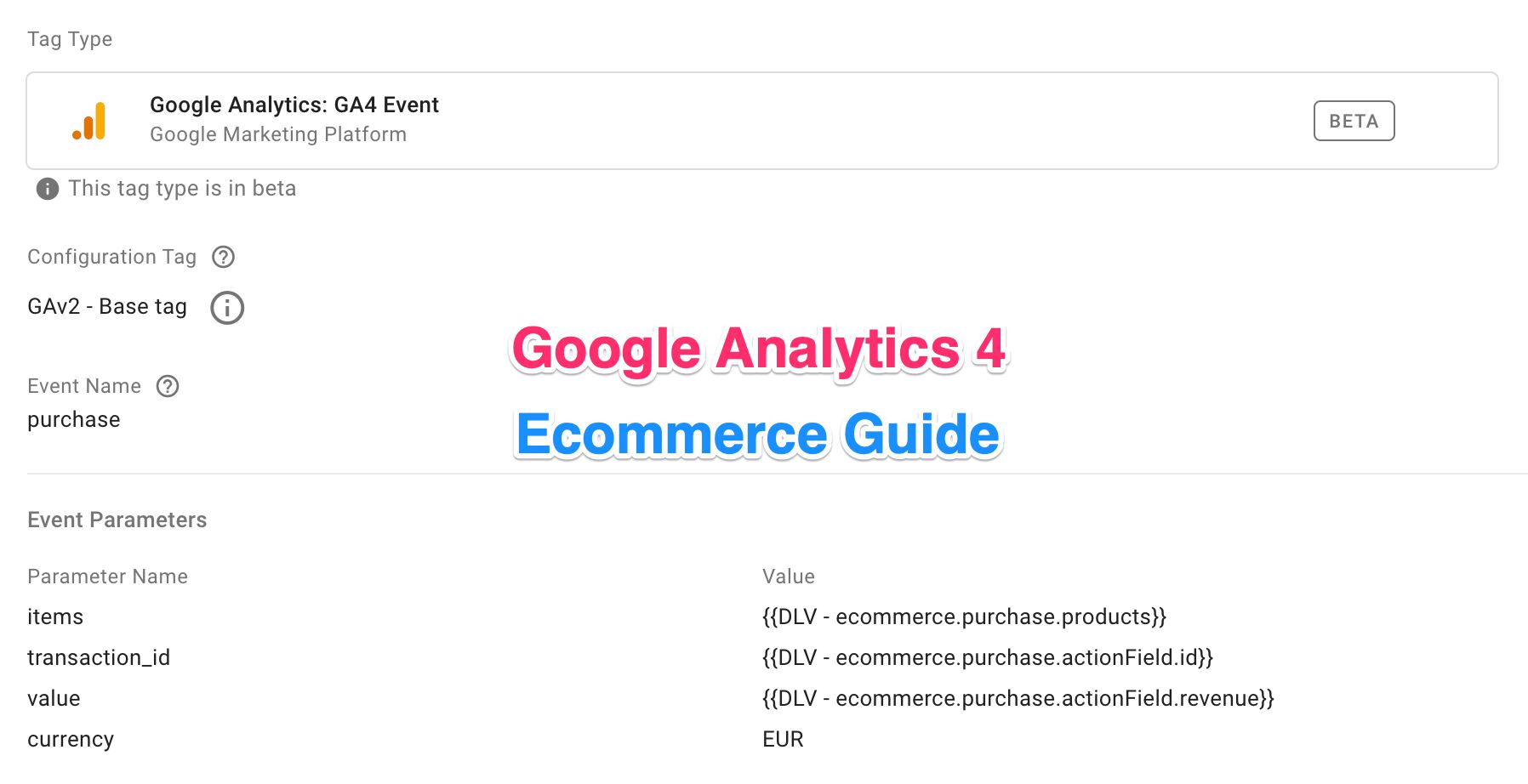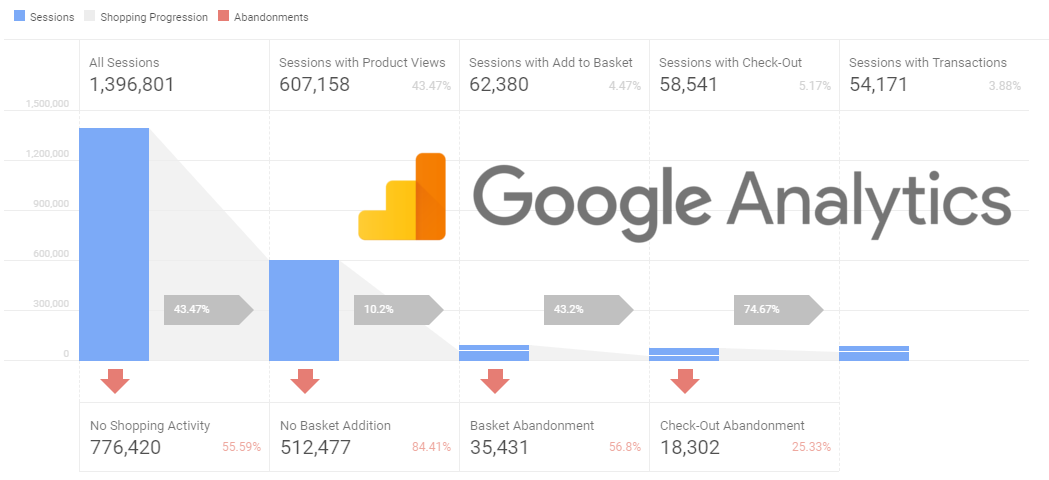This canonical post covers everything from GTM Clients and endpoints to data validation and custom domain setup. Simo Ahava walks through how GTM Server works under the hood, providing developers with the context and tooling to implement it confidently.
Tag Management Systems
GTM, Adobe Launch, Tealium; data-layer design, trigger logic, server-side containers, versioning, QA workflows, and governance for multi-team deployments.
26 resources on this topic
Matthew Hooson introduces the UPDATE framework: Understand, Plan, Declutter, Action, Transfer, Evaluate. Each stage details risks, deliverables, and stakeholder sign-offs, helping teams run smooth, cost-effective migrations to server-side GTM.
Agency, Transparency, and Control: Unsolved Problems With Server-Side Tagging
Server-Side Tracking & TagmanagementThis thought-provoking piece questions the default narrative that SST solves everything. Simo Ahava highlights issues with user agency, hidden data flows, and consent complexity in server-side setups. A must-read for teams focused on ethical data collection.
Explains why Custom Templates are a paradigm shift for GTM, walks through the Template Editor, sandbox policies, permissions, and reusable design patterns—essential for extending GTM safely in enterprise environments.
Shows how to use Elastic Beanstalk, custom domains, SSL, scaling options, and contrasts AWS flexibility with GCP simplicity—critical for enterprises standardising on AWS while adopting server-side tagging.
Presents experiment results, quantifies latency per tag scenario, and lists seven best-practice optimisations (container audits, trigger timing, server-side migration) to keep tracking fast without sacrificing data quality.
Joe Christopher outlines failure modes (outages, performance hits) and prescribes roles, QA, rollback plans, and audits that protect revenue and data trust—vital for large teams running mission-critical tags.
Combines organizational policy, tag inventory, monitoring, and real-world case study (Marriott tag reduction) to show how disciplined governance boosts UX, productivity, and bookings.
Guides readers through naming conventions, duplicate-tag detection, container-size monitoring, consent checks, and a step-by-step quarterly audit routine—ensuring long-term data accuracy and performance.
Jon Meck shows how trigger exceptions prevent accidental fires, enable safe preview-only testing, and reduce trigger clutter—boosting reliability in complex GTM containers.
Yehoshua Coren & Sam Briesemeister share principles (robust data layer, built-in variables, modular tags) and coding standards that keep massive multi-site GTM deployments resilient to site changes.
Cardinal Path details eight built-in features—user roles, environments, 2-step verification, tag blacklists/whitelists—that harden GTM against errors and unauthorized changes while supporting parallel team workflows.
Josh West lays out strategic questions every organisation should answer before picking a tag manager—covering IT vs. marketing ownership, testing workflows, scalability, and data-governance trade-offs.
Digital-analytics architect Amulya Thorat traces the browser execution flow—container script, library load, tag trigger—showing what truly happens under the hood and how to debug performance issues.
Jim Gordon reflects on tag-management evolution and predicts governance, QA, and tag-bloat control as the next big challenges—offering war stories and practical tips to keep large implementations sane.
Margub Alam details governance frameworks, rigorous data-layer design, version control, tag-audit cycles, and performance tuning—everything needed to run a robust, scalable TMS in 2025.
Rafael Campoamor shows how to build custom tag templates, craft precise load rules, manage event specs, and use version control—knowledge transferable to any advanced TMS setup.
Simo Ahava explains how a structured JavaScript data layer bridges developers and marketers, carries business data for all tags, and why governance is critical when multiple stakeholders are involved—foundational reading for scalable TMS architecture.
Simo Ahava shows how to model the GA4 ecommerce dataLayer, configure each ecommerce event tag, and debug the results—giving practitioners a ready-made blueprint for robust online-store tracking.
Julius Fedorovicius explains GA4’s event model, then builds custom click tracking step by step—ideal for learners who need practical instruction on sending site-specific interactions to GA4 through GTM.
Covers mapping CMP results to GTM consent settings, adjusting triggers, and verifying no tracking before consent—essential hands-on guidance for GDPR-compliant tagging.
Yehoshua Coren walks through adding the base pixel, configuring AddToCart and Purchase events, and troubleshooting—perfect for marketers needing a reliable FB Pixel setup.
Silver Ringvee details the exact dataLayer structure for products, impressions, and transactions, plus GTM tag/trigger setup—offering a full production-ready ecommerce tracking blueprint.
Shows how to configure built-in triggers for YouTube and custom solutions for other players, sending play, pause, and progress events to GA—great for sites reliant on video content.
Julius Fedorovicius explains setup, custom domain config, and client/tag mapping—providing a hands-on starting point for teams moving to server-side tagging for performance and privacy.
An in-depth look at the challenges of creating a scalable, multi-site Piwik Pro setup, with a focus on tag management, data layer design, and instrumentation governance. This article provides technical insights and best practices for teams looking to implement enterprise-grade tracking solutions across complex web properties.




















